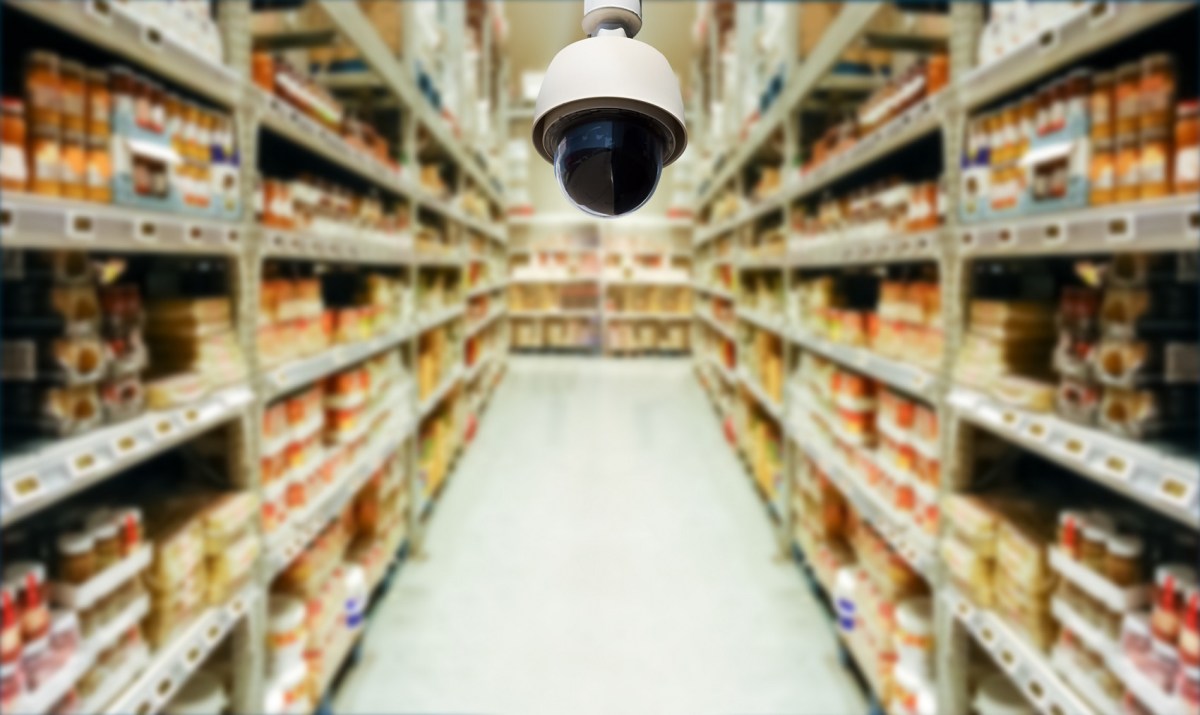Australian retailers are facing a perfect storm, as retail crime rates jumped 135% in the past year. Already grappling with the rising cost of living and squeezed margins, retail crime is costing businesses $15 million daily.
Amounting to billions lost each year, much of this can be attributed to sophisticated and organised retail crime groups, who are stealing to order and are profit-motivated. Unlike opportunistic or impromptu petty theft, organised crime groups are prepared and planned with an intentional selection of goods and retail targets, and extensive coordination between a network of perpetrators.
The individuals responsible for this malicious loss, impacting the customer experience, denting retailers’ bottom lines, and continuing to offend repeatedly are able to do so under a veil of anonymity. To address the challenge of rising retail crime there needs to be greater collaboration and reporting shared by retail organisations with law enforcement to connect the dots between incidents.
Profit-motivated perpetrators
Organised crime accounts for most of the problem, with data showing 60% of retail crime offences are caused by the same 10% of people who offend. Organised retail crime hinges on a specific word: “organised.” It is what differentiates these types of offences from haphazard shoplifting events.
A key element of organised retail crime is it is done for financial gain, where people who offend capitalise on the lack of comprehensive legislation surrounding online marketplaces, where they can sell goods without the need to verify the authenticity of products. Undoubtedly, there is a big difference between an individual who is struggling versus someone who routinely steals for profit. These high-risk offenders are stealing from retailers as a day job.
To maximise their gains, we see them targeting high-value goods at scale. Depending on the ability to resell, organised crime groups are targeting high-value items such as liquor, baby formula, manuka honey, and meat with markets globally waiting for the in-demand products, container loads at a time.
Unpacking the trend
Over the past year, meat has become a prime target for thieves in Australia, with meat-related incidents skyrocketing by a staggering 85%. When digging into the data, it is evident that this surge isn’t a result of petty, random shoplifting but rather planned and targeted theft, where the high-value beef, pork, and lamb products are the most popular stolen meats. What is even more interesting, is that a mere 10% of repeat offenders, likely linked to organised crime networks, are responsible for more than half of all theft of more expensive cuts of meat, yet account for only 33% of stolen chicken. The data not only suggest the majority of theft is profit-driven, but that the biggest hit to retailers is a result of sophisticated planning.
Organised retail crime groups are strategically targeting expensive meat for large-scale profit. But how are they turning stolen meat into cash? Perpetrators exploit various channels, including online marketplaces and local pubs and restaurants, effectively “flipping” the stolen goods for quick gains.
Identifying the 10%
To curve the trend, the disconnect between rising retail crime rates and the number of reported crimes needs addressing. Under-reported crime and fragmented data on repeat offenders leave Australian retailers vulnerable. Less than 20% of incidents are reported, hindering the identification of high-risk individuals responsible for the majority of harm.
Retailers usually handle incidents internally, using their own siloed and time-consuming prevention methods. When retailers have to spend time noting details of the theft manually, the process often takes time and resources away from their work. This internal handling of incidents operates within isolated parts of an organisation, leaving individual retail sites largely unaware of the network of events serial offenders are responsible for.
Introducing crime reporting technology can help retailers quickly capture every detail of an incident, automatically producing a report that can be shared with police. Reporting technology can empower retailers to do more with the information reported about crime incidents, by connecting the dots between events.
When Woolworths NZ introduced the retail crime reporting platform, Auror, because of the speed and simplicity of the reporting process, the retailer was able to see who their top offenders were and receive real-time alerts of events taking place at nearby stores, resulting in 60% of high-profile offenders no longer offending and an overall 20% reduction in loss.
Community and collaboration
Combating retail crime isn’t just a business matter, it is a community matter. The rising cost of living undeniably puts pressure on individuals, incentivising consumers to seek cheaper gifts and products. Consumers need to think twice before purchasing goods that are unusually cheap or available in bulk across online resale markets, because it is likely “too good to be true” and may be a result of crime.
Retailers are bearing the brunt of this issue, but they don’t need to fight the problem alone. Collaboration is key. Reporting crime and sharing reported information with law enforcement is the solution to dismantling organised crime networks that inflict the most damage. By uniting as a community – consumers, retailers, and law enforcement – businesses, and consumers, will be better protected.
Phil Thomson is CEO and co-founder of Auror.

